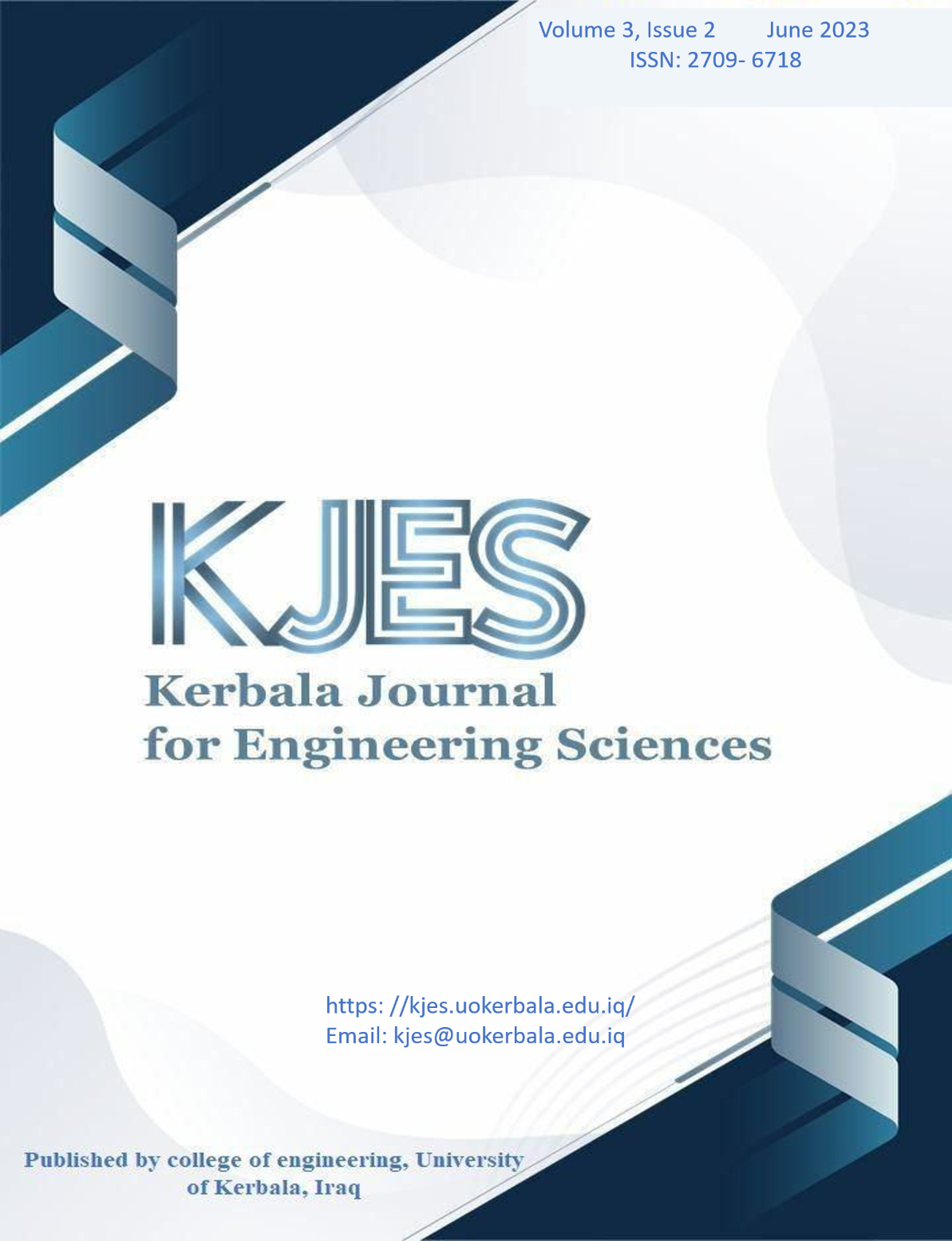Abstract
One of the essential foundations that help strengthen the cultural identity of holy cities cultural
identity is to preserve their physical and cultural components, tangible and intangible, that distinguish
them from other cities.
It was introduced as a temporary or permanent case to address some service aspects in the holy
cities, which made the city lose the architectural features that distinguish it—losing the place's
spirituality and the city's memory. The study examines the main reasons that led to losing cities' identity
by introducing renewal projects as a temporary or permanent situation to address some aspects of the
service in the holy cities. Thus, losing the place's spirituality and the town's memory.
The research aimed to preserve the identity of the sacred cities by setting standards for
development projects that should respect the specificity of Najafi architecture. The research results were
calculated based on the principles of urban sustainability. One of the most critical conservation criteria
is to know the quality of the implemented and proposed projects through field surveys and studies dealing
with these projects.
The research came up with several recommendations. First, preserve the architectural elements
that characterize Najafi architecture. Second, Respect the context and not deviate from it. Third, knowing
the model and standards for renovation and restoration projects, the original model must be simulated.
The research came out with several recommendations, including Preserving the architectural
elements that characterize Najafi architecture, Respecting the context, and Knowing the model and
standard in renovation and restoration projects. The research came up with several recommendations.
ISSN: 2709-6718
Vol. 02, No. 04 (2022)
First, preserve the architectural elements that characterize Najafi architecture. Second, Respect the
context and not deviate from it. Third, knowing the model and standards for renovation and restoration
projects, the original model must be simulated.
By dividing the research into several parts, it dealt with clarifying the most important planning
and design foundations that preserve the heritage values of the ancient cities by reviewing the essential
foundations for planning in Islamic cities, which led to formal formations of the main landmarks with
certain characteristics that reflected the nature of life in Islamic cities through their relations with each
other. While the other parts dealt with the study of urban development projects in the old city and
subjecting them to the most important standards of urban sustainability, and then verifying whether these
projects are considered under urban sustainability.
identity is to preserve their physical and cultural components, tangible and intangible, that distinguish
them from other cities.
It was introduced as a temporary or permanent case to address some service aspects in the holy
cities, which made the city lose the architectural features that distinguish it—losing the place's
spirituality and the city's memory. The study examines the main reasons that led to losing cities' identity
by introducing renewal projects as a temporary or permanent situation to address some aspects of the
service in the holy cities. Thus, losing the place's spirituality and the town's memory.
The research aimed to preserve the identity of the sacred cities by setting standards for
development projects that should respect the specificity of Najafi architecture. The research results were
calculated based on the principles of urban sustainability. One of the most critical conservation criteria
is to know the quality of the implemented and proposed projects through field surveys and studies dealing
with these projects.
The research came up with several recommendations. First, preserve the architectural elements
that characterize Najafi architecture. Second, Respect the context and not deviate from it. Third, knowing
the model and standards for renovation and restoration projects, the original model must be simulated.
The research came out with several recommendations, including Preserving the architectural
elements that characterize Najafi architecture, Respecting the context, and Knowing the model and
standard in renovation and restoration projects. The research came up with several recommendations.
ISSN: 2709-6718
Vol. 02, No. 04 (2022)
First, preserve the architectural elements that characterize Najafi architecture. Second, Respect the
context and not deviate from it. Third, knowing the model and standards for renovation and restoration
projects, the original model must be simulated.
By dividing the research into several parts, it dealt with clarifying the most important planning
and design foundations that preserve the heritage values of the ancient cities by reviewing the essential
foundations for planning in Islamic cities, which led to formal formations of the main landmarks with
certain characteristics that reflected the nature of life in Islamic cities through their relations with each
other. While the other parts dealt with the study of urban development projects in the old city and
subjecting them to the most important standards of urban sustainability, and then verifying whether these
projects are considered under urban sustainability.
Keywords
Al-Ashraf
Al-Najaf
Cultural identity
holy cities
urban identity
Keywords
الهوية الثقافية،الهوية الحضرية،المدن المقدسة،النجفالاشرف
